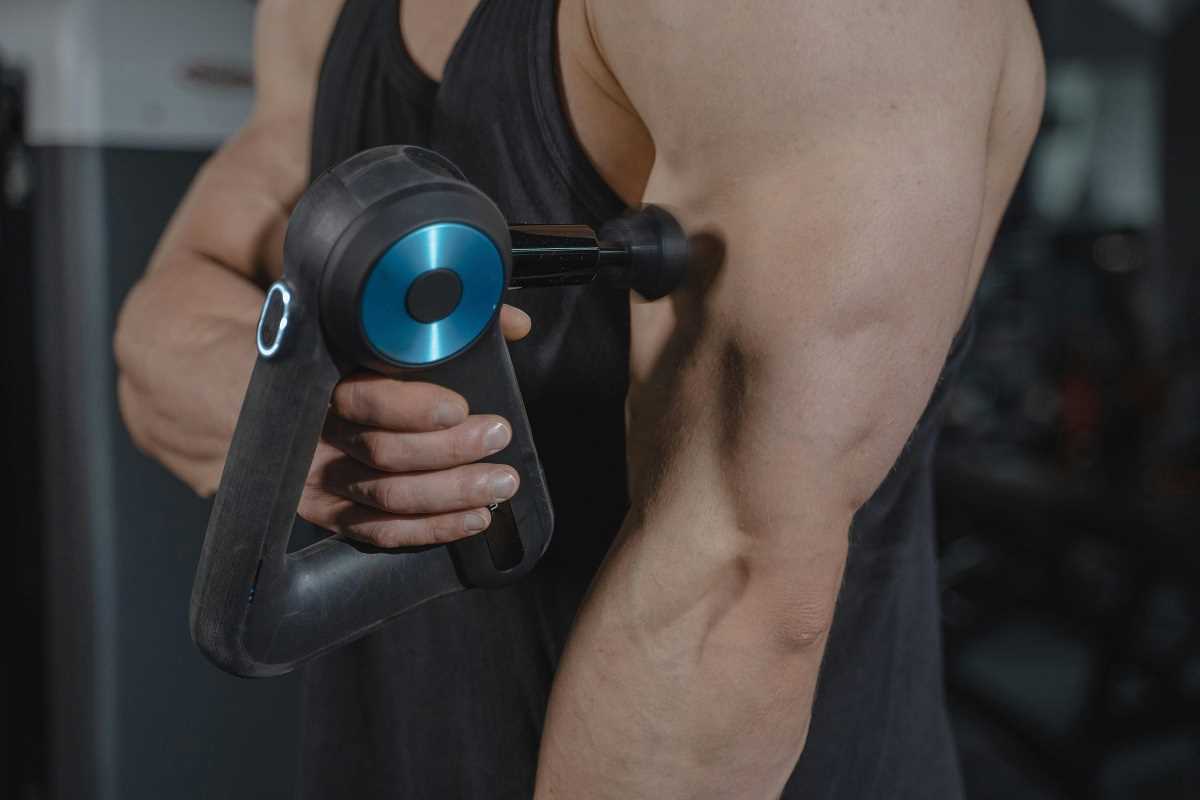When it comes to fitness and overall health, there’s a lot of buzz around what you eat. But when you eat? That’s where the magic of nutritional timing comes in. Think of it as the unsung hero, quietly amplifying your performance, recovery, and energy levels throughout the day. Whether your goal is to crush a workout, recover faster, or stay sharp and energized, timing your meals and snacks effectively can make all the difference.
Curious about how to nail this? We’ve tapped into expert-backed advice to break down nutritional timing and meal structuring in a simple, practical way that fits your routine.
What is Nutritional Timing?
Nutritional timing is the practice of strategically scheduling your meals and snacks around certain points in your day—for instance, before and after a workout, or during times when you need an energy boost. It’s not just about eating the “right” things but eating them at the right times to support your body’s natural rhythms and optimize your efforts.
The benefits?
- Better energy for workouts
- Faster post-workout recovery
- Improved muscle growth and fat loss
- Enhanced focus and productivity throughout the day
Why Does it Matter?
Here’s the science-y part (don’t worry—we’re keeping it simple). When you eat, your body breaks food into nutrients that are used in multiple ways. Carbs give you energy, proteins help repair muscles, and fats support hormones and overall cell function. Timing your intake ensures that your body gets what it needs exactly when it needs it most.
For example, eat the wrong thing before a workout, and you might feel sluggish. Skip a solid post-workout meal? Your recovery will take longer, and your progress could stall.
Now, let's break it down step by step with tips you can put into action today.
Step 1: Fuel Up Before Your Workout
Think of your pre-workout meal as gassing up before a long road trip; the right fuel ensures you can go the distance. The timing of this meal depends on when you’re working out, but the golden rule is to eat 1 to 3 hours before exercise so that your body can digest it properly.
What to Eat:
Your pre-workout fuel should focus on carbs for energy and a bit of protein for muscle support.
- Carbs: These are your quick energy source, like a bowl of oatmeal, a banana, or whole-grain toast.
- Protein: A small portion of something light, like Greek yogurt or a hard-boiled egg, can prime your muscles for action.
- Lower Fat and Fiber: Avoid heavy, high-fat meals right before exercise, as they can slow digestion and make you feel heavy.
Examples:
- A banana with a tablespoon of peanut butter
- Half a turkey sandwich on whole-grain bread
- A smoothie with frozen fruit, almond milk, and a scoop of protein powder
If you’re in a time crunch or workout early in the morning, a snack 30 minutes before, like a handful of trail mix or an energy bar, can also do the trick.
Step 2: Recover Like a Pro with Post-Workout Nutrition
After exercise, your body is in recovery mode. Your muscles are like sponges, ready to soak up nutrients to rebuild and refuel. Experts suggest eating within 30 to 60 minutes post-workout for best results.
This is your window to focus on protein (to repair muscles) and carbs (to replenish glycogen stores).
What to Eat:
- Protein: Aim for 20–30 grams of high-quality protein like chicken, fish, eggs, or a protein shake.
- Carbs: Include fast-digesting carbs like rice, sweet potatoes, or fruit to refill energy stores.
- Hydration: Don’t forget to drink plenty of water or add electrolytes to replenish what you lost through sweat.
Examples:
- Grilled chicken with sweet potatoes and steamed veggies
- A quick protein shake with a banana
- Scrambled eggs on whole-grain toast with avocado
If you skip this meal, your body may take longer to recover, leaving you feeling sore and low-energy.
Step 3: Structure Your Daily Meals
Beyond workouts, how you space your meals throughout the day plays a big role in keeping your energy levels steady and reducing cravings. Instead of three massive meals that leave you stuffed or sluggish, focus on a structured approach with balanced meals and snacks every 3–4 hours.
Morning Magic
Start your day strong with a healthy breakfast. Eating within an hour of waking up jumpstarts your metabolism and keeps blood sugar levels stable.
Breakfast Example:
- Scrambled eggs with spinach and whole-grain toast
- Greek yogurt with fruit and granola
- Overnight oats with almond butter and chia seeds
Midday Energizers
Your lunch should be balanced and designed to carry you through the afternoon slump. Aim for lean protein, complex carbs, and healthy fats.
Lunch Example:
- Grilled salmon, quinoa, and a side of roasted vegetables
- Turkey and avocado wrap with baby carrots
- Chickpea salad with olive oil and feta
Afternoon Pick-Me-Up
Instead of raiding the vending machine at 3 p.m., pack yourself a nutrient-rich snack to stay focused.
Snack Example:
- An apple with almond butter
- A handful of mixed nuts and dried fruit
- Baby bell peppers with hummus
Smart and Satisfying Dinners
Dinner is your opportunity to replenish your body and wind down. Focus on lighter but nutritious choices, especially if your activity level drops in the evening.
Dinner Example:
- Grilled shrimp with a side of steamed asparagus and brown rice
- A veggie-packed stir-fry with tofu and whole-grain noodles
- Stuffed bell peppers with quinoa, black beans, and diced tomatoes
Bonus Tips from Experts
Don’t Skip Protein
Across the board, nutritionists agree that protein is king when it comes to building and repairing muscle. Spread your protein intake throughout the day instead of cramming it all into one meal, so your body can efficiently use it.
Stay Hydrated
It’s easy to overlook water when thinking about nutrition, but hydration plays a key role, especially before and after exercise. Make it a habit to sip water consistently throughout the day.
Curb Late-Night Eating
Late-night cravings can derail progress. If you’re truly hungry before bed, reach for a light, protein-rich snack like cottage cheese or a boiled egg. Avoid sugar and junk food, which can disrupt sleep and digestion.
Plan Ahead
Meal prepping and planning can make nutritional timing feel manageable, even during a busy week. Cook in batches, pack snacks, and have your meals ready to grab and go.
Nutritional timing doesn’t have to be complicated or overwhelming. It’s all about listening to your body, fueling it when it needs energy, and focusing on balance. Whether you’re hitting the gym, working hard at the office, or just trying to feel your best, eating with purpose can help you reach your goals faster.
Start small. Add a snack before your next workout or tweak your post-workout routine. Gradually, you’ll find what works for you and your lifestyle. At the end of the day, the best plan is one that you can stick to.
 (Image via
(Image via





